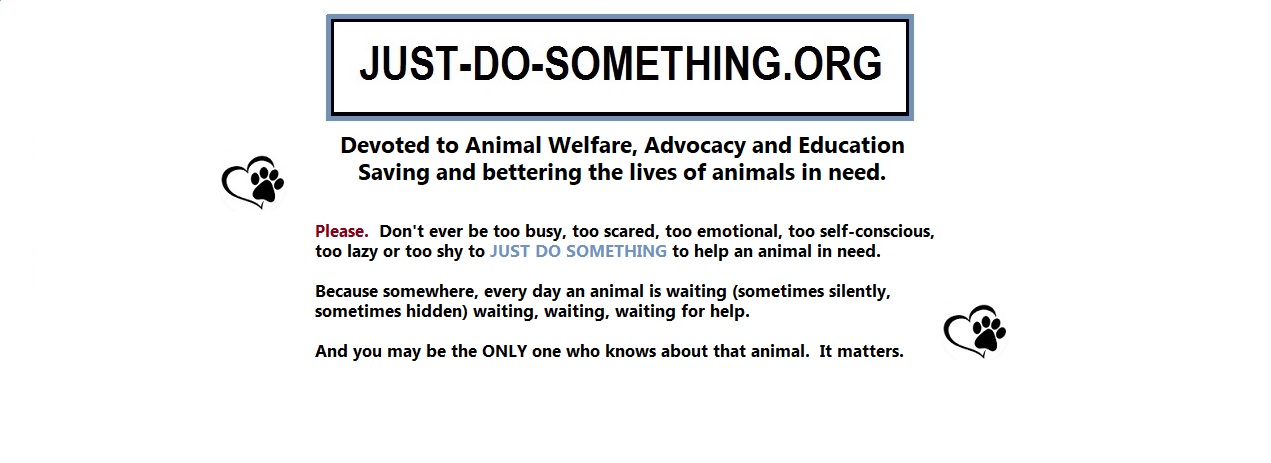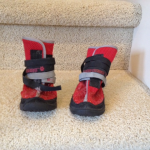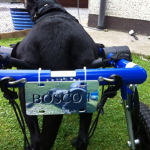I can’t take my cat anywhere. Unlike my dog, who begs and pleads to go for car rides, my cat gets psychotic whenever I pull out his travel carrier. Once in the car, he’ll yowl the entire ride and manages to wet himself every half hour, necessitating frequent emergency stops along major highways with 18-wheelers whizzing by.
Personally, I’ve learned it’s best to keep my kitty at home when I travel. I have a wonderful pet sitter, and I know my cat is much happier and more comfortable in a familiar setting. However, for anyone else thinking of traveling with a pet this holiday season, please first consider whether the trip is actually in the best interests of the pet, or mostly for the benefit of the owner.
Should He Stay or Should He Go?
Before embarking on your journey, you should initially consider whether your pet is able to travel. Factors to think about include your pet’s age, breed, temperament, and health status. The trip itself, as well as a stay at an unfamiliar destination, might simply be too stressful for some pets. Prior to your journey, it’s always a good idea to bring your pet for a wellness checkup, and to talk with his veterinarian, to determine whether your pet is medically up for the ride.
For pets who are too elderly, excitable, or ill to travel, it’s best to leave them at home with a responsible pet sitter who can care for them in their own home, or to board them at a veterinary hospital or reputable boarding facility. Before you schedule your pet for any of these things, however, do your homework! Ask your vet or local animal shelter for pet sitter or boarding kennel recommendations, and then make sure to check out their references. It’s also helpful to plan a pre-trip visit with your pet sitter or boarding facility to instruct them on how to care for your pet, especially if your pet will require certain foods or medicines in your absence. Be sure to write down your pet’s entire schedule, including meal times and medicine doses, and hand it to the primary person who will be caring for him. And don’t forget to include contact information for where you’ll be on each day of your trip, so you can be reached in an emergency, even if it’s in the middle of the night.
Have Car, Will Travel
If you and your vet decide that your pet is healthy enough to come along for the ride, the best mode of transport is by car. Make sure your car is equipped with all the animal supplies your pet will need for the duration of your entire trip to, at, and from, your destination. For dogs that are especially excitable in the car, there are harnesses available that buckle into a seat belt to restrain them safely. There are also safety gate barriers you can install in the back of the car to keep them from jumping over the seat and distracting you while driving. Cats should travel in a sturdy-sided travel carrier, around which a seat belt should be buckled. Be sure you have a cloth to cover your cat’s carrier if he seems upset or anxious. It’s also a good idea to place a towel or bed from home in the back of the car for your dog, or in the bottom of the carrier for your cat, so they have somewhere to rest that smells familiar and comforting.
Make sure there is plenty of water available in the car for your pet to drink, although you might want to check with your vet about whether to feed your pet before you leave, instead of in the car, lest he become carsick. Be sure to schedule plenty of time for bathroom breaks for both you and your pet, and always put a leash on your pet before you open the car door to prevent a sudden escape. During these stops, you should also give your cat a chance to use his litter tray inside the car.
You’ll also need to check in advance whether any medical or vaccination records are required in those states or locations you will be traveling. For example, if you are traveling to Canada from America, you will need to show them your pet’s vaccination record as proof that he’s up-to-date on his rabies shot-this is true for all cats and dogs over the age of three. Even if you’re not crossing any border this holiday, be sure to bring your pet’s medical and vaccination records in case he becomes ill during the journey and you have to make an unscheduled stop at an unfamiliar veterinary hospital.
If your trip requires an overnight stay somewhere, be sure to pack extra supplies for your pet, like a bed, a favorite toy, food and treats, and extra cat litter for cats. While there are many hotels that now allow cats and dogs to spend the night, you’ll want to call ahead and ask whether pets are allowed before making a reservation. And once you’re at the hotel, don’t leave your pets alone in the room. A pet who is in an unfamiliar setting may become overly excited or distressed, and could act on this anxiety by either causing damage to the room or barking nonstop for hours on end (behaviors that other hotel guests might not appreciate). Plus, your pet may still be unsettled from that day’s car ride, so it’s better to remain in the room to comfort him, making sure to give him plenty of love and attention.
Danger Zone
If you prefer to take another method of transportation rather than drive to your destination, be sure to phone your carrier of choice ahead of your journey to determine whether your pet will be able to accompany you. Usually only Service Animals are allowed on Greyhound buses and Amtrak trains, although that rule might differ among cities, states, and different transportation companies.
If you are thinking about flying to your destination with your pet in the cargo hold of an airplane, please reconsider. Cargo holds are notoriously dangerous places for animals. Although many cargo holds are supposed to be pressurized, this is not always the case. Cargo holds are dark and extremely noisy, and depending on the time of year or geographic location, they can be either be suffocatingly hot or freezing cold. Your pet could suffer serious injury as a result of traveling in the cargo hold, the least of which could be extreme emotional trauma. In severe cases, your pet could even die due to a lack of oxygen. This is especially true for pets with smushed-in faces (Brachycephalicbreeds), like Bulldogs and Persian cats.
If you absolutely must travel on a plane with your pet, first check each airline’s record for animal safety in the Department of Transportation’s Air Travel Consumer Reports. The best thing to do in this situation is to bring your pet on board with you in an airline-approved carrier that can fit under the seat. However, airlines have very strict rules about the type of carrier allowed, the weight limit of the animal, and how many pets are allowed in a cabin at once, so call ahead to find out the exact requirements before booking your flight. Many airlines also charge an additional fee to allow your pet to travel in the cabin.
If you ever witness mistreatment or rough handling of an animal on a plane or the tarmac, or if your pet injures himself while flying, be sure to speak with airline or airport authorities. You should also file a complaint with the DOT’s Aviation Consumer Protection Division, especially if your pet succumbs in the cargo hold. Ultimately, the best way to avoid any unfortunate incidents and keep your pet safe and happy is to refrain from flying with him at all.
Home for the Holidays
These are just a few tips to help make holiday travel as stress free as possible for both you and your pet. Because there are many issues to consider when deciding whether to travel with your pet, you’ll need to do a lot of homework far in advance of any trip. Before you even think about packing the car, you will need to schedule a visit with your vet, and check resources for information about pet travel. Many humane societies, animal protection organizations,and veterinary medical associations offer valuable advice, tips, and suggestions on how to travel safely with your pet. You can also research relevant pet travel legal and medical requirements you may need to follow on state and federal agricultural department websites.
Remember to do everything you can to minimize your pet’s travel anxiety this holiday season, even if that means deciding to spend the holidays safely at home with your furry friend and human family. After all, your four-legged friend is part of your family, and that’s what the holidays are really all about: spending time with friends and family!
Happy Holidays!















